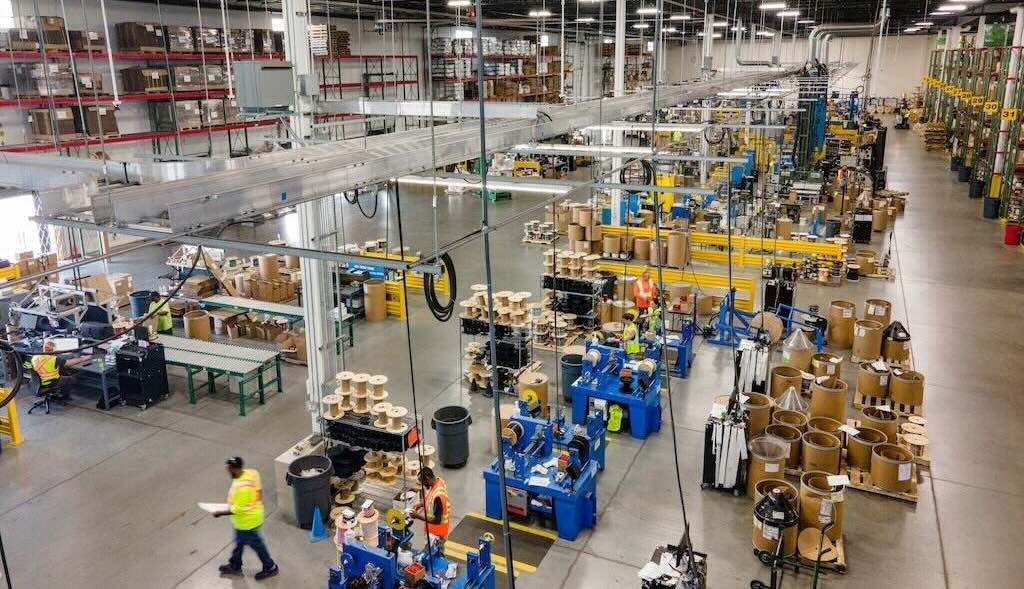Criminal and malicious attacks accounted for 37% of corporate data breaches in 2011, a 6% rise from 2010, a new study said.

Criminal and malicious attacks accounted for 37% of corporate data breaches in 2011, a 6% rise from 2010, a new study said.
In addition, these attacks were more costly to companies than breaches caused by software or hardware failures or by internal negligence, according to the study, performed by Ponemon Institute and sponsored by Symantec.
The study followed 49 organizations over the course of 2011, surveying over 400 IT, compliance, and security professionals associated with them. While the research showed the average cost to companies per compromised customer record dropped to $194 per record from $214 last year. Two industries that were a part of the survey, industrial and pharmaceutical, were above the average at $235 and $276 lost per record respectively.
One more point is the cost of records lost through criminal and malicious acts was higher, averaging $222 per record, the survey said.
This is the first time since 2007 that criminal activity has accounted for more than a third of data breaches in Ponemon Institute’s survey.
The survey also showed companies employing a stronger security posture suffer less costs associated with a breach. Detection and escalation costs declined from $460,000 in 2010 to $433,000 in 2011, the survey said. These costs refer to activities that enable a company to detect the breach and whether it occurred in storage or in motion. This suggests organizations in 2011 study had the appropriate processes and technologies to execute these activities.
More than 60% of malicious attacks came through some sort of electronic exploit — only 28% involved the physical theft of data storage devices. Trojans, botnets and other malware were at the root of half of criminal and malicious data breaches reported by the companies surveyed. Corporate websites suffered a breach through SQL injection in 28% of the cases reported.
The study also found 33% of criminal and malicious breaches involved insiders — meaning at in at least 5% of criminal breaches, an employee or contractor either installed malware intentionally or otherwise purposely exposed corporate data. Those figures, the Institute’s researchers wrote in their report, show that companies still need to pay greater attention to addressing the insider threat.



